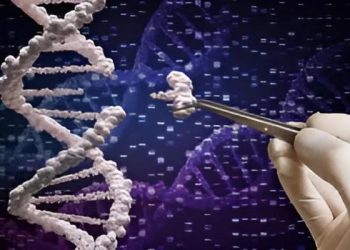Nearly 25 years ago, I was a student of public health at the University of Washington. There we got our first introduction on monkeypox by one of the best in business, Dr David Heymann, who was Executive Director of the WHO Communicable Diseases in Geneva. It was clear that after the eradication of smallpox and cessation of smallpox vaccine which was providing added benefit of protection from possible monkeypox infection, slowly the problem may grow. As a young student I raised the issue of viruses adopting to fit in the void if another one is eliminated.
Monkeypox was first identified in 1958 in two colonies of monkeys kept for research. That is how it got the name monkeypox. Only in 1970 first human cases were documented and until now it has been limited to west and central Africa. The monkeypox virus is related to smallpox virus that is why there are some similarities in signs and symptoms like fever, weakness, rash and papules on the skin and only distinguishing visible feature in monkeypox is swollen lymph nodes. We are still not certain about the natural host, but the virus has only been identified only twice in a type of African squirrel and a monkey in nature. Human to human transmission has happened but cases have been limited to close contacts with infected. In 2003 there were multiple cases in the US due to an exposure to a pet dog imported from Africa. Countries outside Africa have reported cases but there always have been a travel link.
Not anymore! Since mid-May cases are being reported from an increasing number of countries. Until now, nearly 100 cases have been confirmed in 12 countries of Europe and the US. The WHO has warned that with increased disease surveillance we may find more cases in more countries in the coming days. That is not the real danger here. The problem is that there is no travel link to Africa in these cases and it shows local transmission. That also shows that the virus has adapted itself to have better human to human transmission and may not need an animal host for sustained human transmission. Is it transmitting through big droplets which stay within a few feet of an infected person or evolved to have better airborne transmission like SARS-COV-2? To know these answers will help modify our control strategies. Research is happening around the world to understand why this sudden appearance of a known disease in places where it was not expected. Question will be asked: is it natural evolution of virus or due to some human intervention?


















